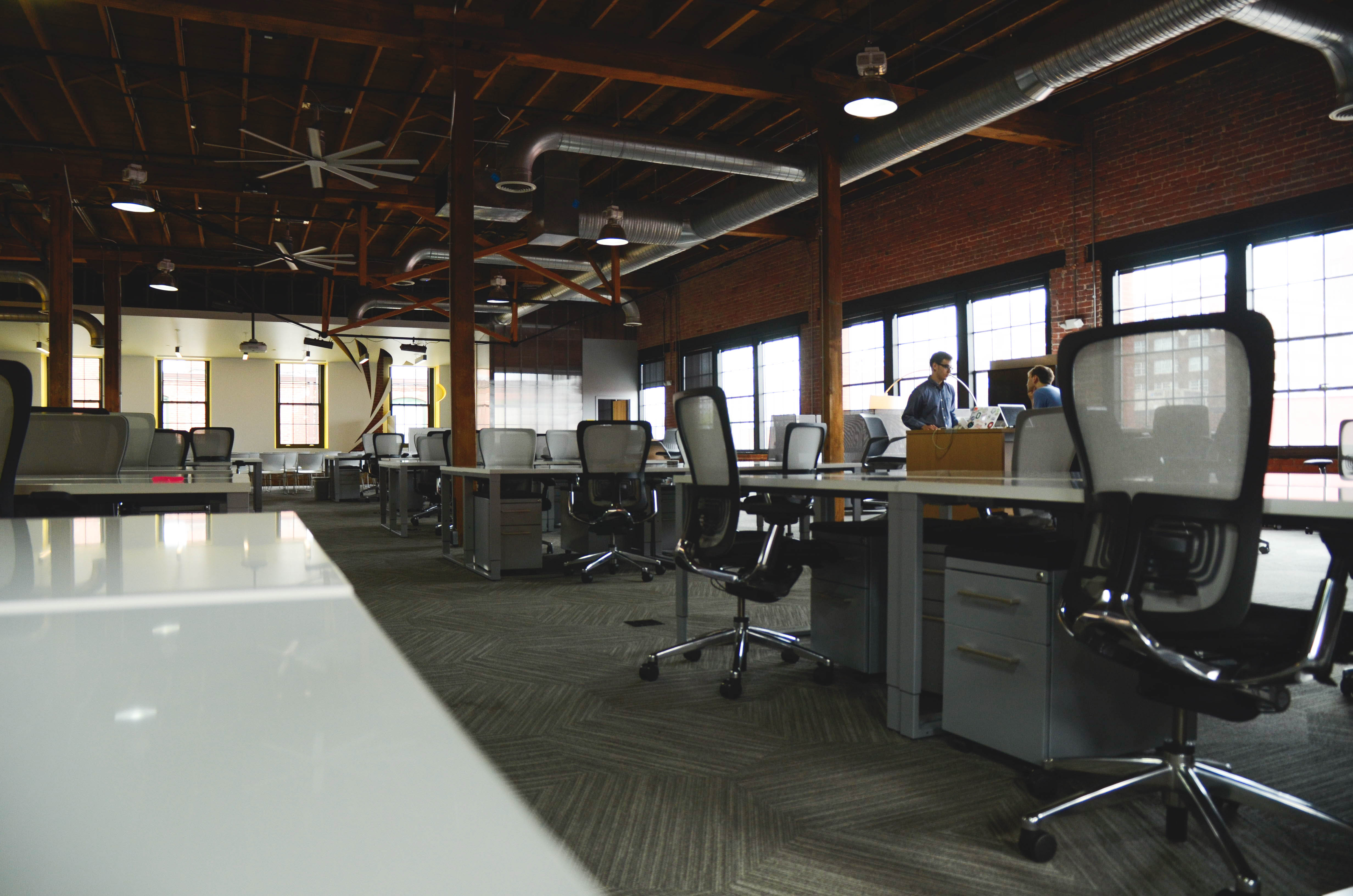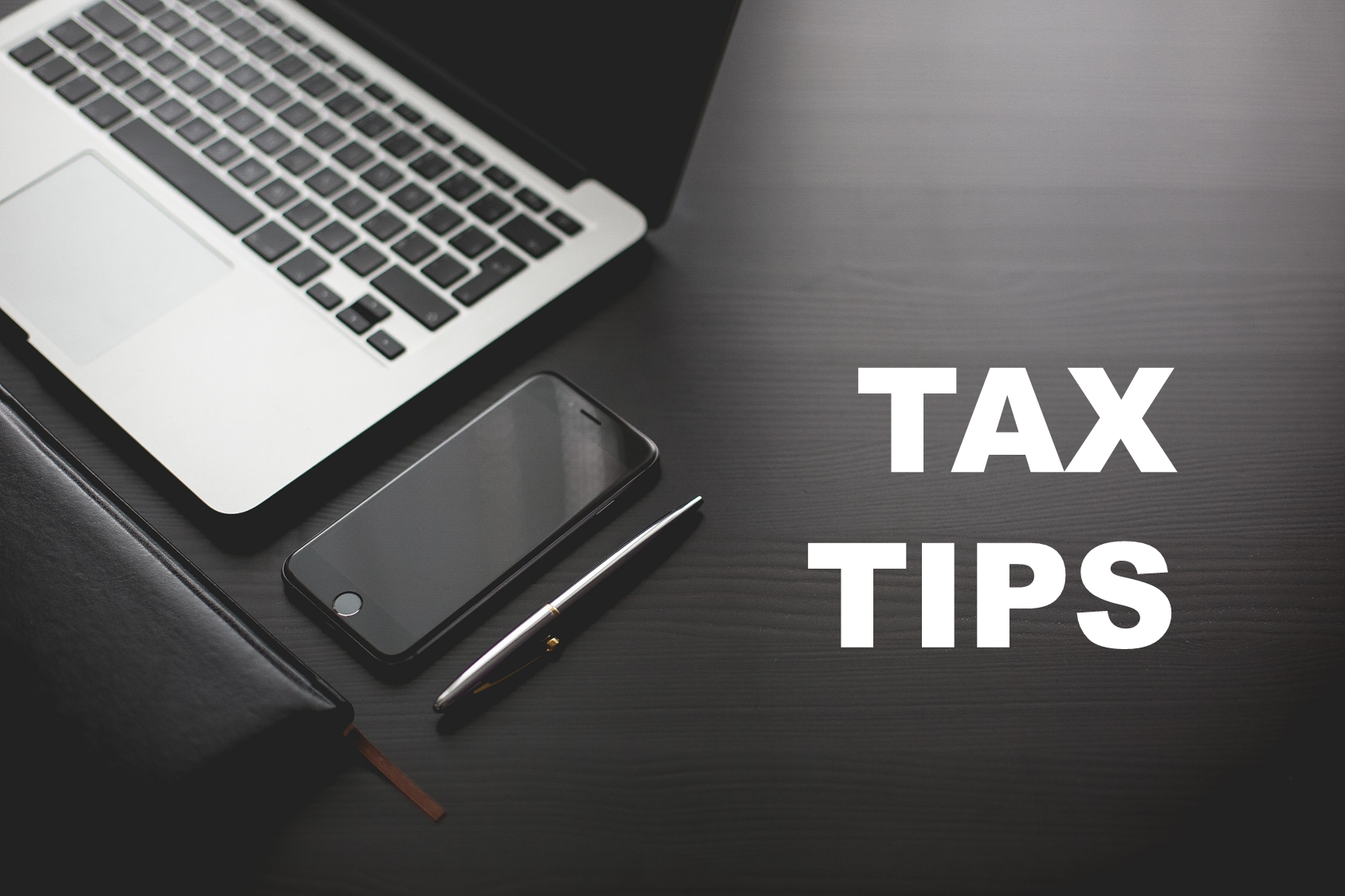27 Jul Office Expansion
Office Expansion
Perhaps one of the more favorable dilemmas successful business owners are faced with is how to properly expand their office. Whether you are trying to accommodate a growing team or enhance your image for better public relations, here’s what to consider when in need of additional breathing room.
Clues That It’s Time to Expand Your Office:
Your Storage is Overflowing
Saving paperwork is necessary for business. But if your office winds up having overstuffed filing cabinets, storage supplies in the hallways, and a chaotic storage room then it possibly time for you to expand.
Makeshift Workstations
Maybe putting a few employees in the conference room is a convenient solution, but it is also a red flag that your current space is no longer suitable for the volume of workers you have.
High Employee Turnover
While a constant migration of employees could be indicative other issues, an uncomfortable office setting can definitely contribute to a higher turnover rate and can most certainly be a signal that a bigger office is needed.
Here Are Some Important Things to Keep in Mind When Increasing Your Office Space:
Plan for Continual Growth
Don’t just plan for the team you have now, plan for the anticipated future. It would hurt financially if you have to expand again within the next few years. So make sure your the space is flexible. Ask the question, are you able to modify the space as needed?
Be Mindful of Electrical Capacity
If your company utilizes a ton of computer equipment and other office machines, you need a sufficient amount of outlets, and the optimal amount of electrical capacity. It is best to bring along a qualified electrician to examine this for you while you are scouting different areas.
Examine All the Amenities
Make sure to be very thorough and look at everything from external amenities such as sufficient parking to internal amenities like formal and informal meeting spaces, lounges, kitchens and restrooms. It’s not just about having room for your team to work, but space to accommodate additional office features where is it doesn’t cause grid lock and lines.
Today, employee comfort is of utmost concern. Optimal space is strongly encouraged more than ever. Rather than thinking of their office as restrictive, today’s employees want to think about all the possibilities and perks that go along with working in their space.
Contact our experts at anytime if you have any questions about expanding our workplace.





